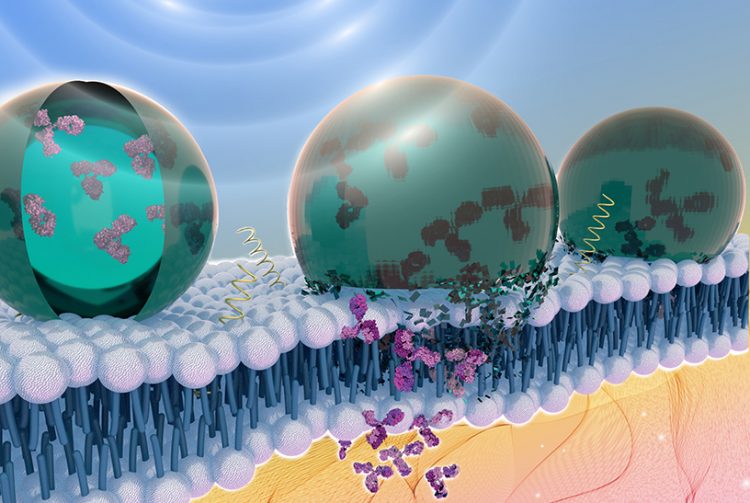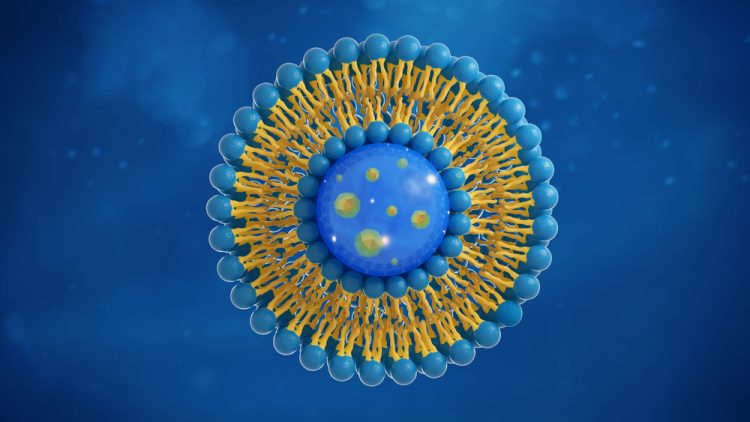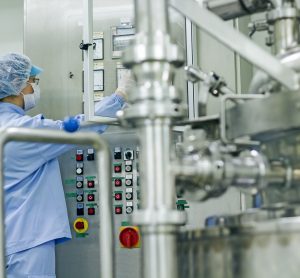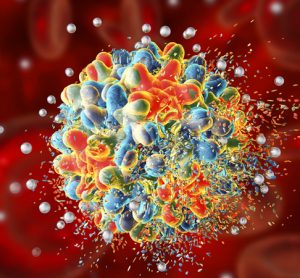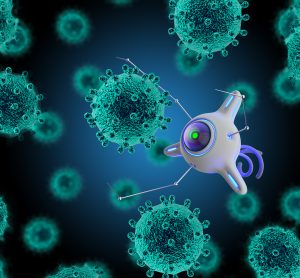Nanoparticle delivery offers a possible alternative to opioid pain relief
An international team of researchers has used nanoparticles to deliver a drug – one that previously failed in clinical trials for pain – into specific compartments of nerve cells, dramatically increasing its ability to treat pain in mice and rats. Nikki Withers spoke to Nigel Bunnett to hear more about…






